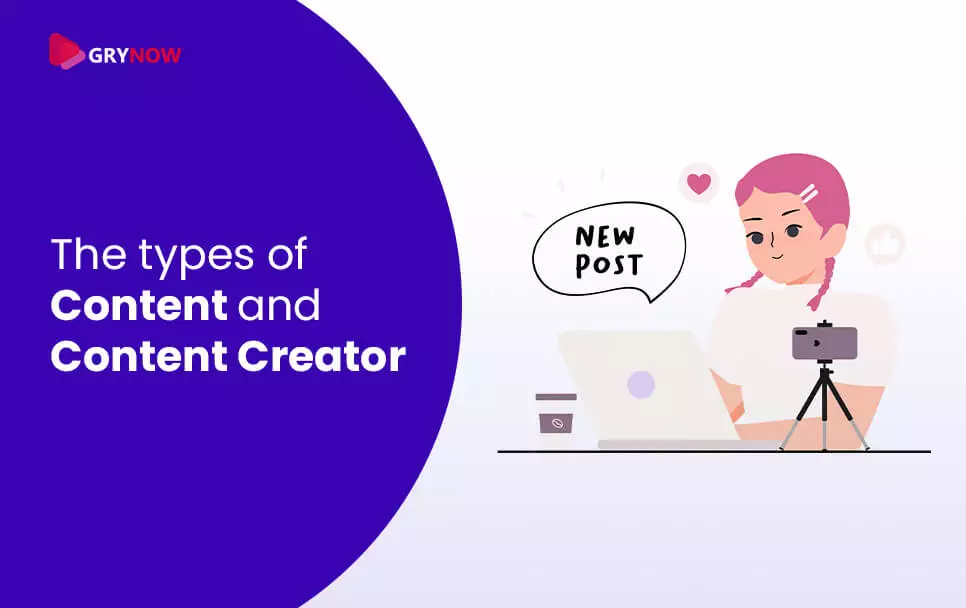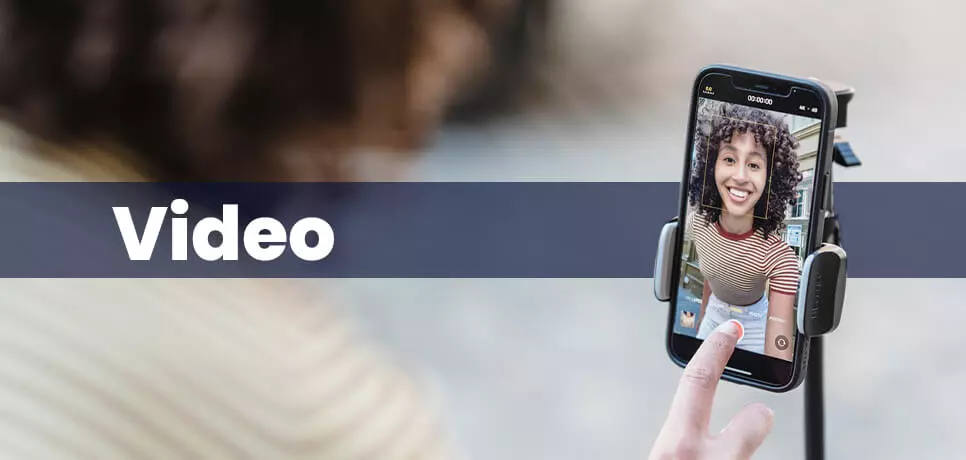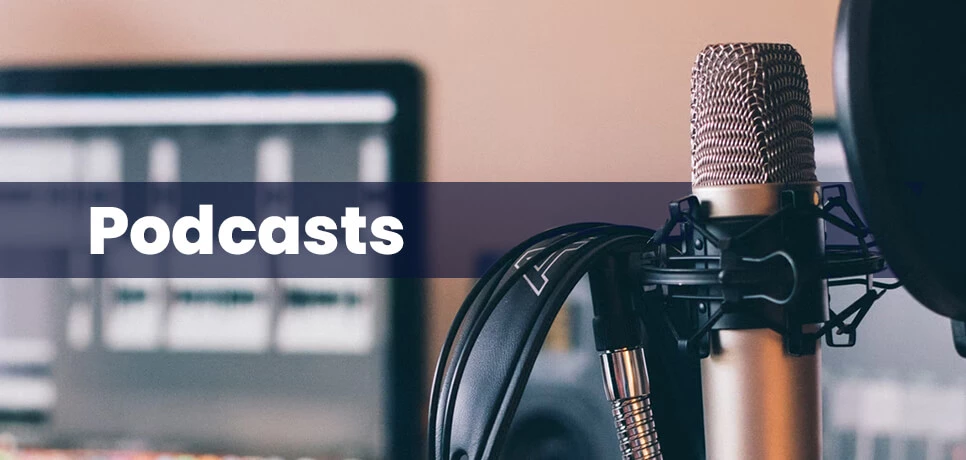What are The Types of Content and Content Creator?

Today, content is everywhere. In the live-action, you closely watch a video or an image that you appreciate, the blog that you read or the advertisement that leaves you mesmerized every time you see it! In this overwhelming doze of content, creating the right content achieves far more than brands realize. From engaging the audience to boosting brand confidence and trust, there’s a lot of work for the content creator.
Content creation is important and there are no two ways about it. Considering that thousands of multi-format content pieces hit the internet every day, it is essential to create something different. Not just different on the surface or look-wise, but inherently it should be value-driven. It means that your audience should be able to identify with the content. Else, it is of poor value and will get lost in the abyss of the internet pretty soon! User engagement is crucial and for it to happen effectively, brands need to connect with users. The online medium offers diverse ways for brands to connect with the end customer. Content is the heart of brand connection and there are innumerable content types. And, there are multiple types of content creators too.
Let’s have a look at the popular types today.
Types of Content
Content is the fundamental requisite for your online presence and each content type has its pros and cons and best serves a purpose or two. Let’s understand a few of the frequently used ones:
1. Video

This is one of the leading content types that is used today. As internet and smartphone penetration intensifies, videos are catching up fast. It is, at present, one of the most used content pieces. Every type of business, with the help of video content creation agency, across a plethora of industrial segment create video content for boosing conversions, building trust, getting leads, etc.
The purpose of using video marketing is varied.
According to markinblog,
- About 72% of people use videos to raise brand awareness.
- About 87% use it as a marketing tool.
- 66% use videos for boosting leads.
- 93% have got a new customer because of videos on social media.
YouTube is one of the fastest-growing platforms being easy to understand the medium. Compared to longer videos, smaller clips are more popular. Live videos are catching up fast too. The user engagement levels with live streams are at least three times higher. Q&As, tutorials, product showcases, etc., are common streams using real-life videos.
2. Blogs & Articles

The ubiquitous content used universally is blogs and articles. These are forms of content that offer information. There are guest posts, regular blogs, and specific articles that showcase expertise. Invariably, since blogs and articles are used to drive traffic, they must meet SEO guidelines. So, keyword optimization is a critical aspect of this form of content. A peek into bog stats:
According to masterblogging,
- For optimized search engine rankings, the length of the blog post should be between 2,100 and 2,400 words.
- Every day approximately 7,000,000 blog posts are published.
- Using a combo of a relevant image with a textual article can increase traffic by up to 94%.
The attractive aspect is that blogs have been around for a long now. Content creators should ensure high-quality pieces. The tools should be used for building trust and authority. Blogs and articles are easy to conceive, write and publish. Leading search engines can trace blogs with ease. Content creators should ensure regular publishing of blogs. Call-to-action should follow every piece.
3. Podcasts

As per Statistica, there will be as many as 132 million podcast listeners by 2022. What makes podcasts engaging is the personalization aspect. Today, it is extremely relevant because many end-users do not have the interest or time to read. They would rather listen. Podcasts can be heard at ease, as per user experience. Users can hear at the gym, while driving, during a break from work, in a bed, etc.
4. Email Newsletters

Emails have far more effective than what an average person thinks. For every dollar spent, the average ROI is about USD 42. The newsletter is thought to be the bread-and-butter of digital marketing. Emails can be kept short or long, as per requirement. The content can be very basic, simple, and concise. When strategized well, nothing can go wrong with emails. For example, a well-intentioned headline can create interest.
Email newsletters are used for updating recipients about news and the latest updates. The medium is cost-effective and gives a big boost to business. These platforms can take your brand marketing to the next level. It is the best way to keep in touch with subscribers and create a trigger system, a very important step in the buying funnel.
5. FAQs

Frequently Asked Questions or FAQs are created to help users on the website. It is important to create relevant, helpful answers to potential buyers, helping save their time. The content creation should be done so that the routine queries are answered on this page. Content creators should ensure that the FAQs are accessible and there is a dedicated page for the same.
Types of Content Creator
Any piece that is seen, read, or watched online is content. Written, audio and visual content are the different types online. Since there are varied content pieces, there are multiple content creators. Let’s see a few of them:
- Experts are subject-matter specialists. They have in-depth knowledge about the particular niche. Experts share their experiences and are good at creating ‘how-to’ content.
- Networker is a content creator who is fond of digging information. They are conversation lovers. These content creators share practical perspectives gained from their interactions with others.
- An observer is a person who is good at creating content from the general perspective. They do not get deep into details. They are there to induce curiosity in the audience and then let them find the way.
- Visualizers create visual content. In most cases, these creators re-generate existing content to illustrate a story. Such creators typically create infographics, images, videos, and more.
- Teachers are creators who help their audience learn new things. They create worksheets, exercises, illustrations, etc., to help their audience or students reach their goals.
- Insiders help reveal hidden information or secrets. They have access to insider information. It is relevant and can motivate readers to know more, learn by example!
- Outsiders are inquisitive people. They love to unravel with their questions. This content creator is not scared to ask questions from all types of people. Including people at authority! This person wants to know genuinely know more.
Conclusion
Identifying the types of content and the creators is important to create the right content. Our blog will help you get the basics clear. Keep in tune with our blog section to get ideas about the latest topics in this niche.